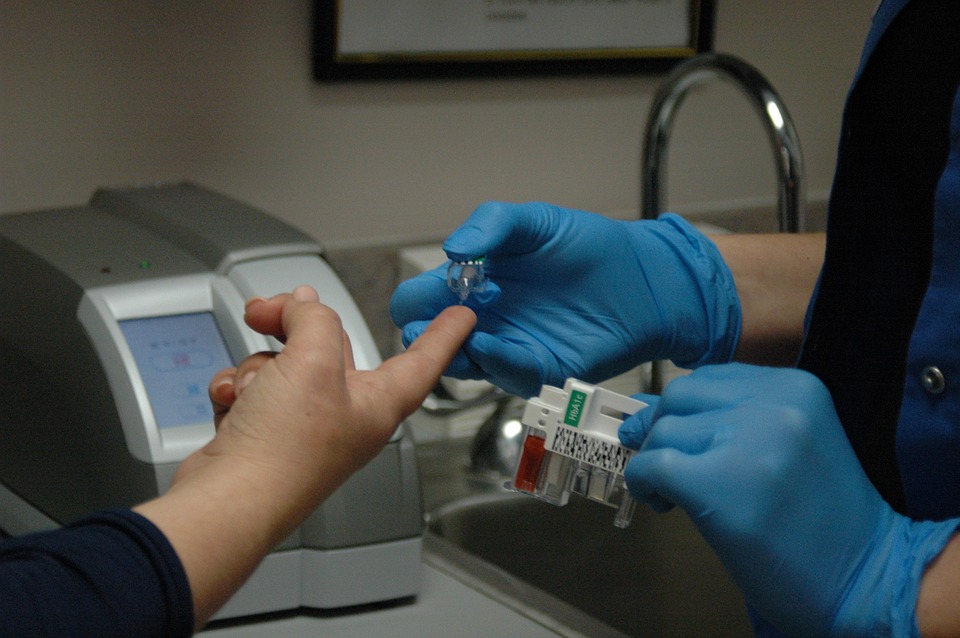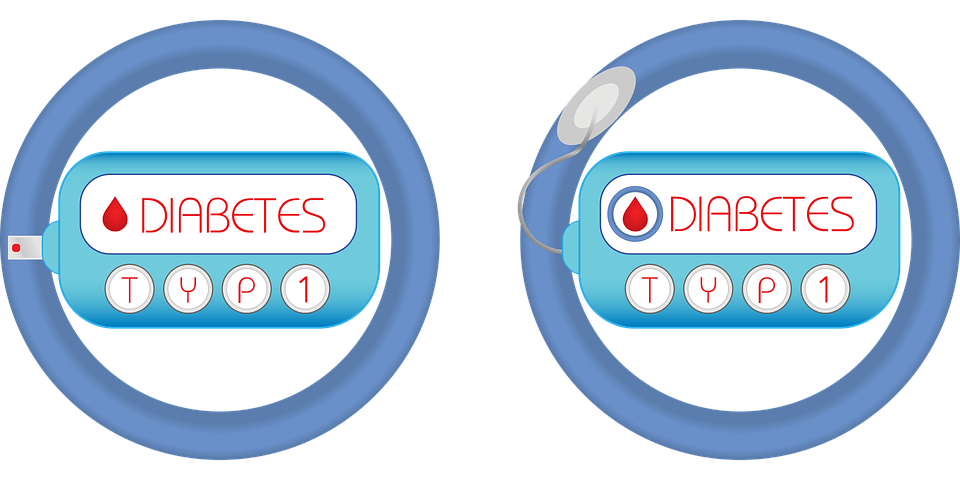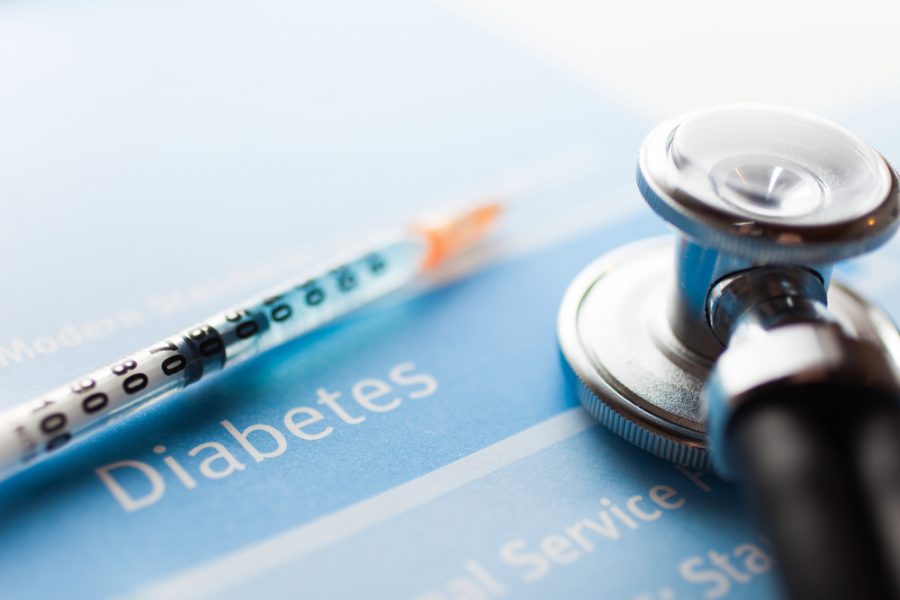In Diabetics, What Does A1c Stand For?
Diabetes is one of the most common diseases affecting today’s generation. In this case, many diabetics, both young and old, may already be aware of what a1c stands for since they must have undergone the procedure during one of their laboratory tests. With the increasing prevalence of unhealthy lifestyle habits as well as genetic risks, the number of individuals who suffer from increased blood sugar levels has increased steadily.
Diabetes does not only affect the old people now but there is the new crowd of people who suffer from a thing called juvenile diabetes. A condition which affects children. But for the benefit of those who are new to the term or would like to understand it better, we will discuss it on this page.
In Diabetics, What Does A1c Stand For?

What does a1c stand for then? A stands for adult type hemoglobin. A1c is a minor component of hemoglobin – a pigment of the blood that carries oxygen and gives it its red color – where glucose binds.
If in any case, you have heard someone asking what does hba1c stand for, kindly note that both mean the same and refer to the same thing. A1c is also referred to by its other names such as the hba1c or hemoglobin a1c, glycosylated hemoglobin or glycosylated hemoglobin. Hence, these terms are often interchanged.
What Is The Purpose Of Measuring HBA1C?
The levels of a1c depend on the concentration of your blood glucose. The higher the concentration of glucose present in your blood, the higher will your a1c level be. It usually reflects the average glucose levels for the past six to eight weeks. Other studies indicate that it can reflect up to 3 months, of your life and is not influenced by the daily fluctuations of your blood glucose levels.
Since it is an average measurement that signifies the past six to eight weeks, it serves as a good indicator of whether you have been able to control your blood glucose levels or not. It is certainly useful for diabetic patients who need to check whether their lifestyle choices such as diet, exercise and medications are working effectively or not.
What Is An A1c Test?
The a1c test is the name of the blood test conducted to provide information regarding your average blood glucose levels. Also commonly referred to as your blood sugar, and the test shows the readings for the past three months. The a1c test is always used in the management of diabetes as well as in diabetic researches and studies.
How To Interpret Results
After asking what hba1c stands for, people are also keen to know what the normal levels are. It is essential for a person to know the interpretation of the results so that he or she will be able to pinpoint the problems in the blood sugar levels. An average glycosylated hemoglobin level is below 5.7 percent.
If you have an a1c level of above 6.5 percent, expect that you will be considered a diabetic patient. On the other hand, if your a1c level ranges from 5.7 to 6.4 percent, you will be labeled as a prediabetic individual. Once you are a prediabetic patient, you should be careful of what you eat in order to help prevent a full-blown diabetic illness.
You still have the ability to control the situation and can prevent becoming a diabetic, all you have to do is choose a proper and healthy lifestyle.
Is A1c Test Really Accurate?
Unfortunately, the hba1c test is not that accurate. The result may be 0.5 percent higher or lower than your actual percentage. For example, if you measured an a1c level of 6 percent, your real a1c level is ranged between 5.5 to 6.5 percent.
Is There A Possibility That An A1c Test Gives A False Result?
Unfortunately again, yes. The test is not 100% accurate and reliable so to speak. If the a1c test does not give the same result as the blood glucose test (another test used to diagnose diabetes), you should consider some interference or factors that may have lead to the inaccurate result.
These factors may be higher for people of Southeast Asian origin, as well as people of Mediterranean or African descent. People who also have family members that are diagnosed with thalassemia or sickle cell anemia may also be at risk for such incorrect readings due to the interference. This is because these people may have a rare type of hemoglobin known as hemoglobin variant. Haemoglobin variant may interfere with some a1c test results. It is also a bit hard to distinguish who among these people are affected by such interferences because they do not exhibit symptoms and most of them are not even aware that they have a hemoglobin variant in their blood.
Additionally, there is nothing to break your head over because people who have false results from one type of hba1c test may do a different kind of a1c test which may give the correct result.
People who are having anemia and severe bleeding may also experience a false result because they will usually have a fallaciously low reading of their a1c levels due to their condition. On the other hand, a falsely elevated a1c level can be noticed in people with iron deficiency anemia or those with other conditions that result in very low iron in the body. Other causes that may lead to false readings are kidney failure and liver disease.
Also Read- Popular People With Diabetes
Is A1c Test Used To Monitor All Types Of Diabetes?
The a1c test is used to control and diagnose the blood glucose levels of people with type 1 and type 2 diabetes. However, it is not being used to control gestational diabetes, though the test can be utilized during the pregnant woman’s first visit to the health care facility to see if she has some risk factors of undiagnosed diabetes before delivery occurs.
During the pregnancy period, the oral glucose tolerance test or the OGTT, is used to check for diabetes that may develop. After the delivery of the baby, blood glucose tests will be used to check if diabetes persists, rather than the a1c test.

